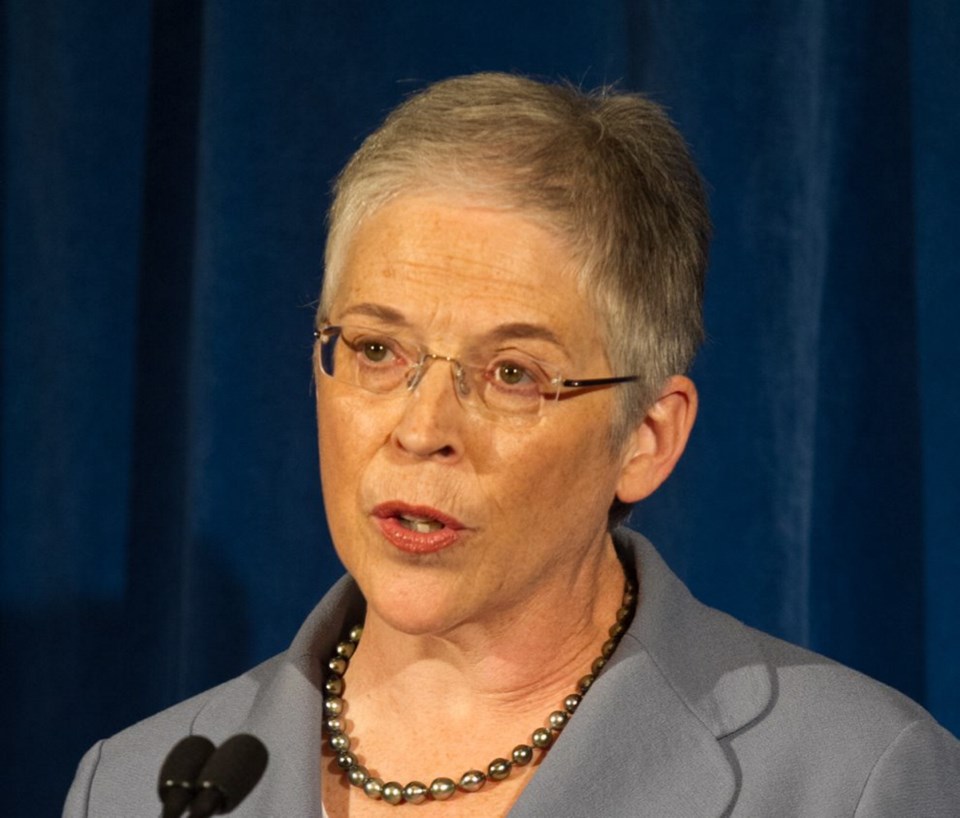 It’s so heavily redacted you can scarcely make sense of it. But the comptroller general’s investigation into the health firings that was partially released last week raises a few more questions, as if there weren’t enough already.
It’s so heavily redacted you can scarcely make sense of it. But the comptroller general’s investigation into the health firings that was partially released last week raises a few more questions, as if there weren’t enough already.
The brief version of the tale to date is that eight people in the Health Ministry’s pharmaceutical division were terminated in the fall of 2012 for undisclosed reasons, related to how data were being used. The government said it was calling the RCMP about the case and a number of investigations were underway.
Over the course of the next two years, the government started losing enthusiasm for the pursuit of the case. The suicide death of one of those dismissed — co-op grad student Roderick MacIsaac — might have contributed to the shift in tone.
The retreat eventually involved full apologies and settlements with most of those dismissed, and the admission that there was no police investigation.
But the questions about how the case ran so badly off the rails continued, to the point where Ombudsperson Jay Chalke was tasked with probing the whole story and granted $1 million to get to the bottom of it.
While we wait until next year for that conclusion, the comptroller general’s office within the Ministry of Finance released part of its report last week in response to a freedom-of-information request.
Personal-privacy concerns are cited as the reason for all the redactions, and there are so many of them, you can’t arrive at any firm conclusions. But the report gives a feel for how serious the case looked in the early going. It raises the question of whether the government gave up because the case fell apart, or surrendered for other reasons.
The report said the case arose out of “several serious concerns” about inappropriate data-access arrangements, intellectual-property infringement, standards-of-conduct violations, as well as inappropriate procurement practices and contracting irregularities, including suspected conflicts of interest.
The investigation set out to “confirm or dispel” those concerns. Its ultimate conclusions are lengthy, but buried under all the white-out.
In a section explaining how difficult the two-and-a-half-year investigation was, there’s an extraordinary disclosure that the University of Victoria and the University of British Columbia, both of which were involved in the pharmaceutical division’s work, refused to co-operate with the comptroller general’s investigators.
“Both universities refused access to their electronic files, and prescribed data collection/examination protocols that would have prevented the investigation team from meeting its professional examination standards,” said the report.
The stated reason was to protect personal information. Investigators went so far as to get a Treasury Board directive under the Financial Administration Act to compel the universities to co-operate, but eventually effectively gave up asking.
It’s remarkable that universities can stonewall Finance Ministry investigators in a case with such serious allegations, particularly because of UVic’s experience. Earlier in 2012, an unencrypted flash drive full of personal staff information was stolen from a UVic safe, which prompted two extensive reviews of how data are handled there.
Data management is the same general field the comptroller general’s investigators were looking at, but they were blocked.
The bulk of the report released last week is blank pages with just occasional phrases that survived the white-out. Many of them relate to “conflict of interest.”
Some of the other phrases will rekindle curiosity about the RCMP involvement. The early claim that RCMP were investigating is now considered to be false, made to buttress the impression the case was serious, in order to justify the dismissals.
But the CG report says there was some contact with the police. “Consulted with RCMP E Division” is mentioned.
And the June 2015 summary letter said: “The RCMP has contacted the OCG, requested that the team provide their office with a detailed briefing of the investigation results, as well as a copy of the final report.”
There’s also a partial reference to “preparing materials to assist the RCMP with their own investigation efforts.”
That assertion seems to be a presumption, in that there was no police investigation. RCMP got the report and declined to act on it. So it’s 100 mostly redacted pages about “serious concerns” that apparently weren’t even serious enough for the government to act on, let alone the police.



